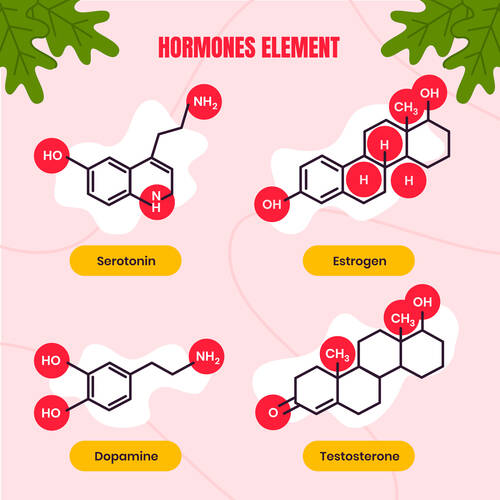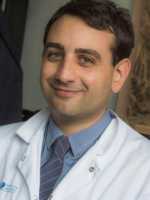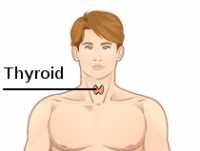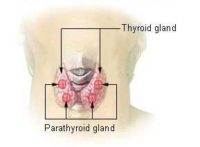MedicalResearch.com Interview with:
Julie Sosa, MD MA FACS
Professor of Surgery and Medicine
Chief, Section of Endocrine Surgery
Director, Surgical Center for Outcomes Research
Leader, Endocrine Neoplasia Diseases Group
Duke Cancer Institute and Duke Clinical Research Institute
Durham, NC 2771
MedicalResearch.com: What is the background for this study?
Response: The incidence of thyroid cancer has dramatically increased world-wide over the last several decades. In the United States, thyroid cancer is the fastest increasing cancer among women and men. This observation has been almost exclusively the result of an epidemic of papillary thyroid cancer, or PTC, which now comprises approximately 90% of new cases.
The use of flame retardant chemicals, or Flame Retardant Chemicals, also increased over the last several decades due to the implementation of mandatory and voluntary flammability standards for furniture, electronics, and construction materials. Over time, FRs come out of these products and accumulate in indoor environments where humans are exposed. Animal studies suggest that FRs can disrupt thyroid function, and many contribute to cancer risk. But many human health endpoints have not been investigated.
Our work was aimed at investigating whether exposure to
Flame Retardant Chemicals could be associated with PTC. To address our research question, we recruited 140 adults, 70 with PTC and 70 who were healthy volunteers without evidence for thyroid cancer or thyroid disease. Then we visited participants’ homes and collected dust samples, a metric that we have previously shown is an indicator of long-term exposure to Flame Retardant Chemicals in the home.
(more…)






















